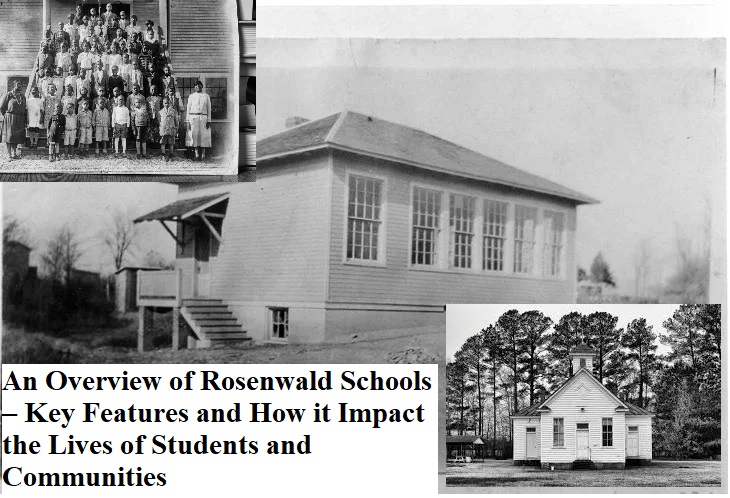The Rosenwald Schools were built through a partnership between Julius Rosenwald, a Jewish philanthropist and president of Sears, Roebuck, and Booker T. Washington, an influential African American educator and leader. Between 1912 and 1932, over 5,000 schools were constructed across the Southern United States, primarily in rural areas where educational facilities were scarce. Mrs. Geeder Rosenwald School is likely a reference to one of the many educational institutions established under the Rosenwald School project, which was a significant initiative aimed at improving educational opportunities for African American children in the early 20th century.
Key Features of Rosenwald Schools
-
Community Involvement
The construction of these schools required local communities to raise matching funds, fostering a sense of ownership and investment in education. -
Architectural Design
The schools were designed using innovative architectural plans that emphasized natural light and ventilation, which were critical for creating conducive learning environments. -
Educational Impact
By the mid-1930s, approximately one-third of African American children in the South were educated in Rosenwald Schools, making them pivotal in advancing educational access and quality for Black students.
Legacy
The legacy of the Rosenwald Schools is profound. They not only provided essential educational facilities but also served as community hubs that promoted social and cultural development. Many former students remember their experiences fondly, highlighting the impact their teachers had on their lives. Today, efforts continue to preserve these historical sites as symbols of resilience and community empowerment in the face of systemic inequality.How did the Rosenwald Schools Impact the Lives of Students and Communities
The Rosenwald Schools had a profound impact on the lives of students and their communities, serving as pivotal institutions in the educational landscape of the Jim Crow South. The Rosenwald Schools not only provided essential educational resources but also played a crucial role in empowering African American communities through collective action and cultural development. Their impact is still felt today as efforts to preserve their history continue.Educational Advancement
-
Access to Quality Education
Established between 1912 and 1932, nearly 5,000 Rosenwald Schools provided educational opportunities for over 700,000 African American children. By 1928, one-third of rural Black schoolchildren in the South attended these schools, which were often the only option for quality education in segregated areas. -
Increased Literacy Rates
The schools significantly boosted literacy and educational attainment among African Americans, helping to narrow the educational gap between Black and white populations during a time of systemic inequality. Notable alumni include civil rights leaders like Maya Angelou and John Lewis, who exemplify the schools' role in fostering future leaders.
Community Empowerment
-
Community Involvement
The construction of Rosenwald Schools required local communities to raise matching funds, often through collective fundraising efforts like community dinners and penny drives. This process not only built schools but also strengthened community bonds and fostered a sense of ownership over education. -
Cultural Hubs
Beyond education, these schools served as community centers where adults could gather for meetings, workshops, and social events. They became vital spaces for community engagement and cultural expression.
Legacy and Preservation
-
Historical Significance
Despite their importance, many Rosenwald Schools faced neglect after the 1954 Supreme Court ruling in Brown v. Board of Education, which led to their abandonment or demolition. Today, only about 10-12% of these structures remain, with efforts underway to preserve them as historical sites that symbolize the struggle for educational equality. -
Continued Relevance
The legacy of Rosenwald Schools continues to resonate in contemporary educational initiatives aimed at addressing disparities in education for marginalized communities. Their model of community involvement in education remains influential today.
